What is ASD?
Autism spectrum disorder (ASD) includes a continuum of neurodevelopmental disorders characterized by deficits in social communication and interactions, along with restrictive, repetitive patterns of behaviors, interests, and activities
Clinicians can significantly affect the outcome of children with ASD by making an early diagnosis and providing referral for evidenced-based behavioral treatment
What is Autism?
- Pervasive developmental disorder
- Typical onset before 36 months of age
- Triad of
- Qualitative impairment of social interaction
- Stereotypical, ritualistic, repetitive, restrictive patterns of interests, behaviours and activities and
- Major defects in language development and in other communication skills
What is the prevalence of Autism?
- Initially thought to be 1 in 1000
- Re-evaluation
- Change in definitions (DSM-5)
- Better awareness
- Current estimates
- 1 in 68 (CDC 2014)
- 1.12% (INCLEN Data)
- 4.5 times more common in boys
-
| Prevalence in |
Boys |
1 in 42 |
| |
Girls |
1 in 189 |
History
- Kanner in US and Asperger in Austria 1943
- Simultaneously described autism phenotype
- Kanner- "autistic disturbances of affective contact"
- 11 children-Mental retardation
- Asperger-"autistic psychosis"
- 4 boys-No mental retardation
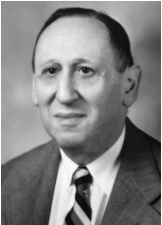 |
|
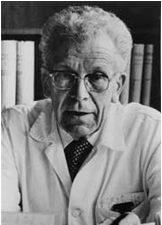 |
|
| Leo Kanner |
|
Hans Asperger |
|
| |
|
|
- DSM 1952, 1968
- Concept of 'refrigerator mom'
- Lack of maternal warmth
- Child left untreated
- Mother was given psychotherapy to improve bonding with child
- DSM III (1980)
- First use of term pervasive developmental disorders
- "Distortions in development of multiple basic psychological functions that are involved in development of social skills and language such as attention, perception, reality testing, and motor movements"
- Lorna Wing, 1988
- Concept of "Autistic continuum"
- Term "Autism Spectrum" (Autistic Spectrum Disorders, ASD) came into use after this
- DSM IV (1994)
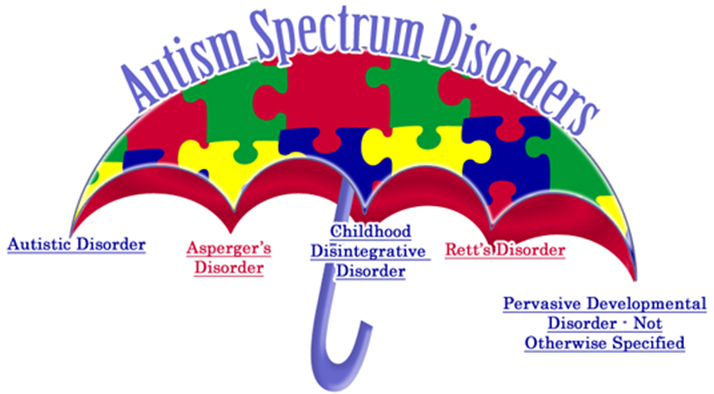
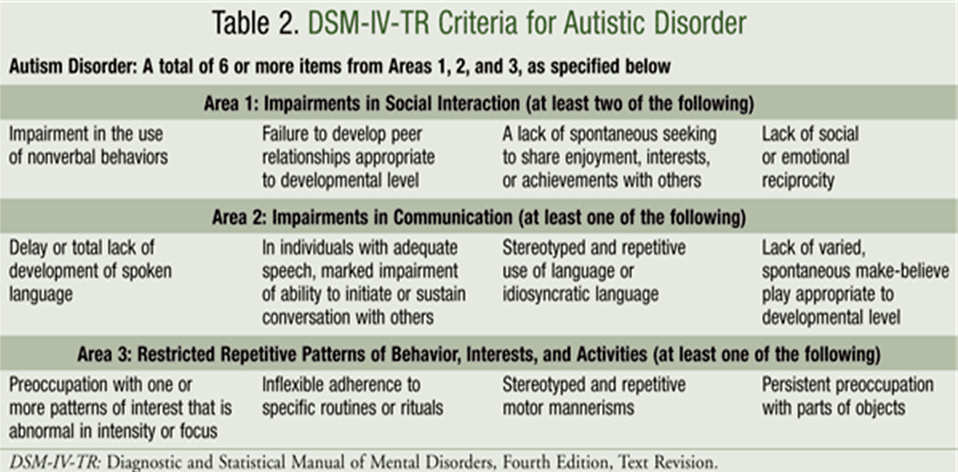
- DSM 5 (2013)
- A single diagnosis replaces the sub-divisions
- Diagnosis based on 2 areas
- Deficits in social communication and Fixated interests
- Repetitive behavior
- Restriction of onset age loosened from 3years to "early developmental period"
- New severity ranking
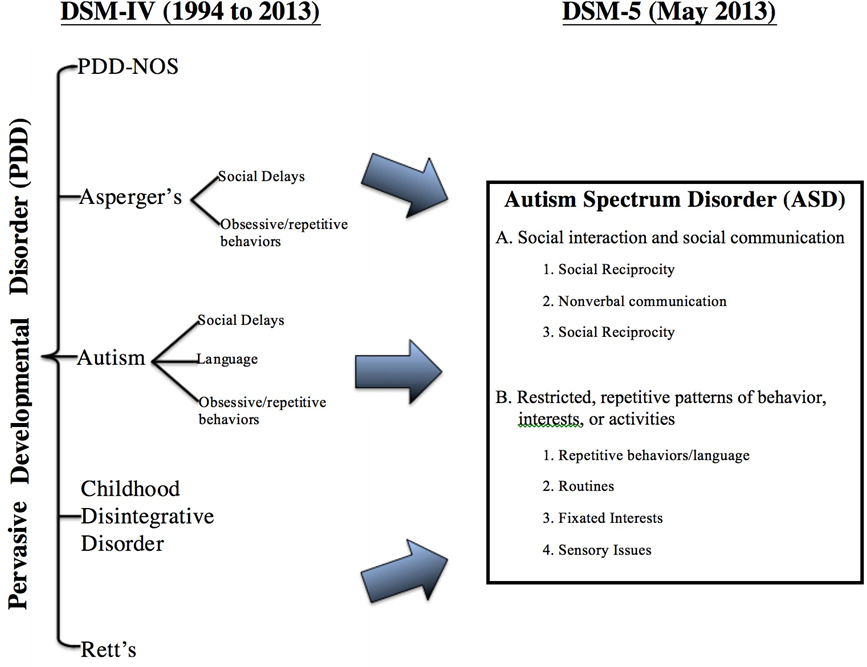
Population Aspects of ASD
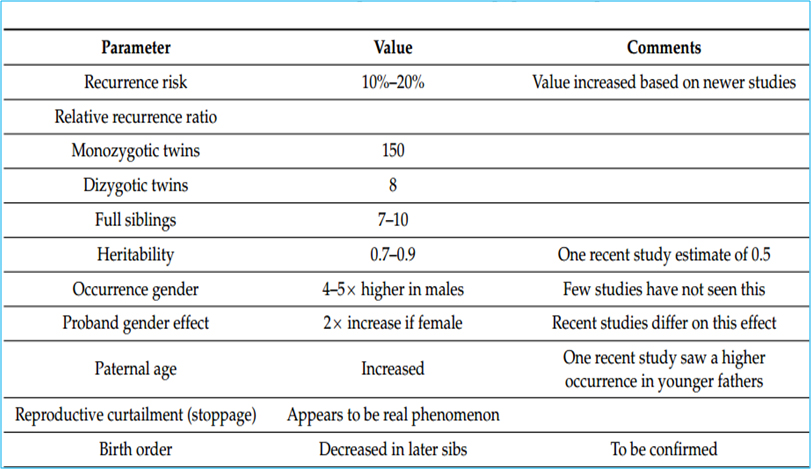
G. Bradley Schaefer. Int. J. Mol. Sci. 2016
Clinical Presentation
- Receptive language
- Lacks comprehension of communicative intent of others
- Expressive language
- Semantics absent or diminished
- Lacks use of language/gestures with intent to communicate
- Motor apraxia
- Abnormal play
- No imagination
- No pretend
- Prefers to play alone
- Overlaps with co-existent morbidity that may be the presenting feature
- ADHD
- Sleep disturbance
- Abnormal behavior ("in his own world")
- Regression
Regression
- Up to 1/3rd with ASD will regress
Shinnar et al, 2001
McVicar ett,, 2005
Dysmorphism
- 2 subgroups of ASDs
- "Complex" or syndromic ASD: 10- 20%
- "Simple", "essential", "idiopathic" or "non-syndromic"��
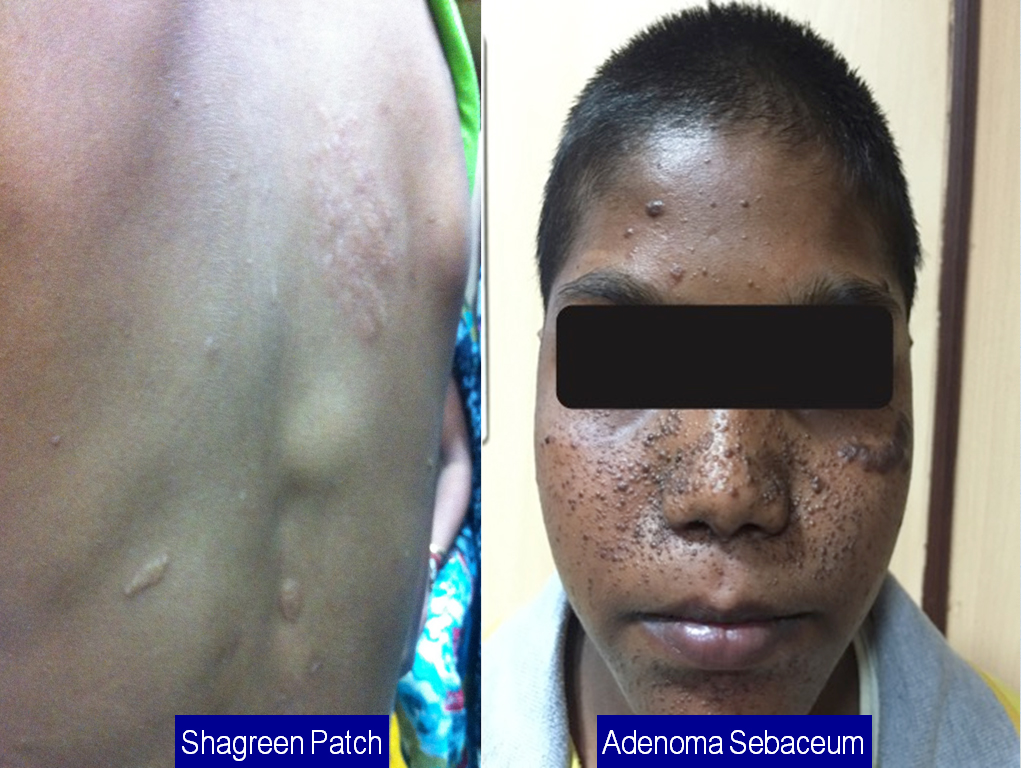
Genetic Counselling
- Multifactorial inheritance
- RR in siblings - 7% if the affected child is a girl
- RR in siblings - 4% if the affected child is a boy
- If a second child has autism, RR of 25–35%
- 2–3% of families have more than one affected children
Is there an "ASD face"?
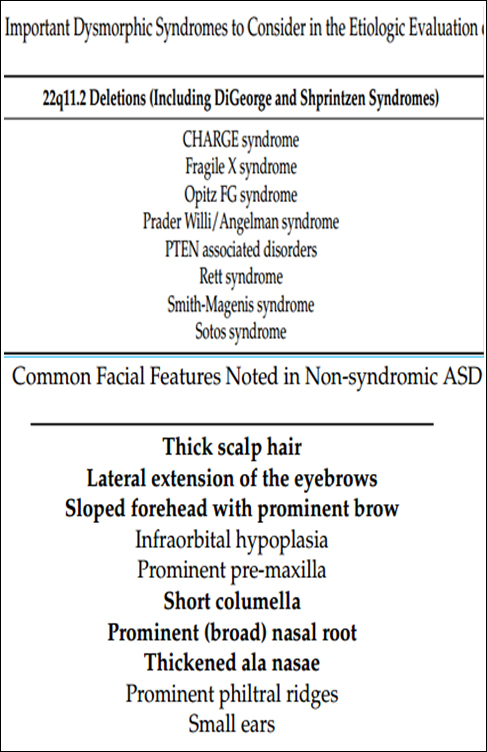
Schaefer, G.B. Personal Communication of unpublished data, 2015
Conclusion
- ASD is a pervasive neuro developmental disorder
- Current diagnostic criterion: DSM 5
- Key features:
- Deficits in social communication and Fixated interests
- Repetitive behavior
Thank You







